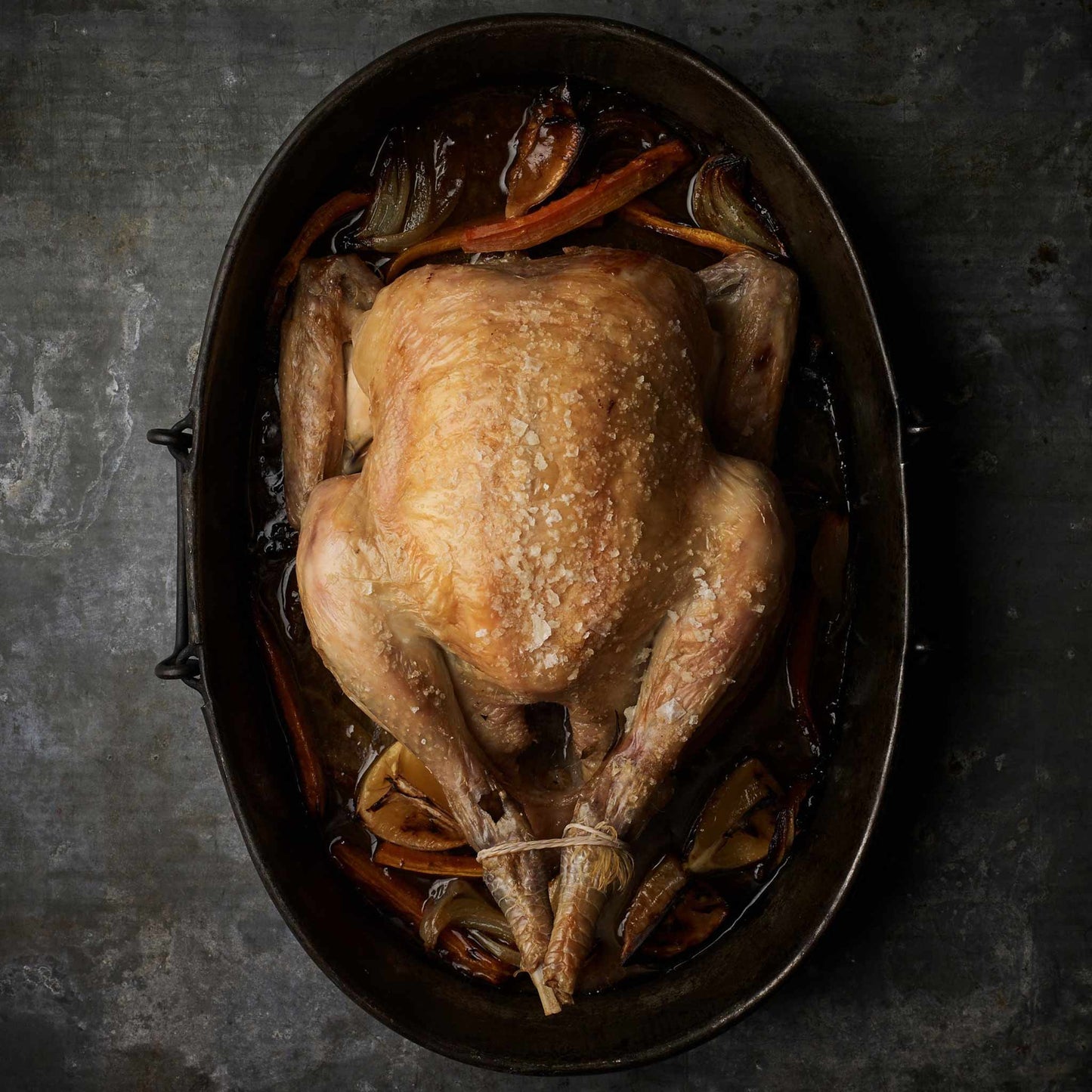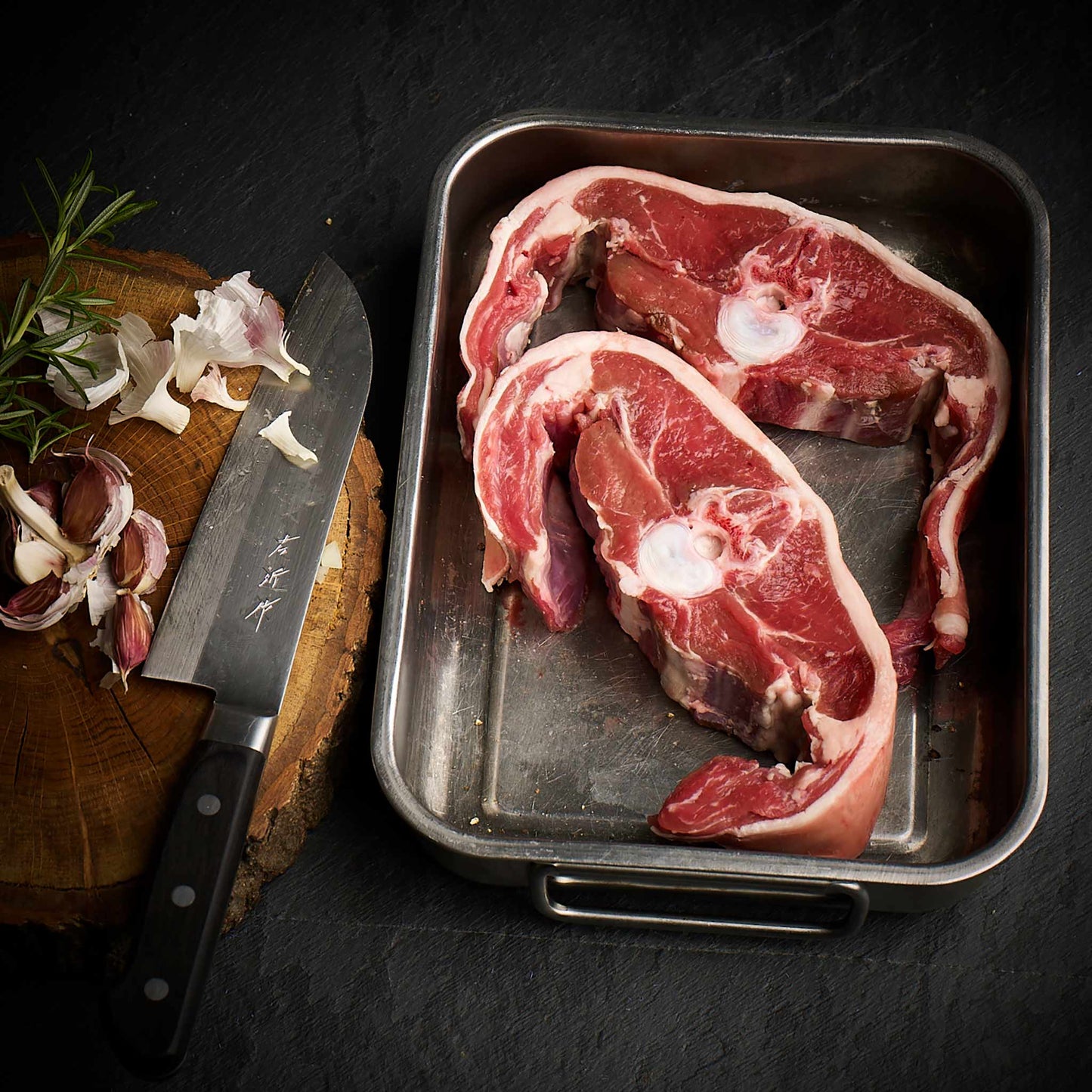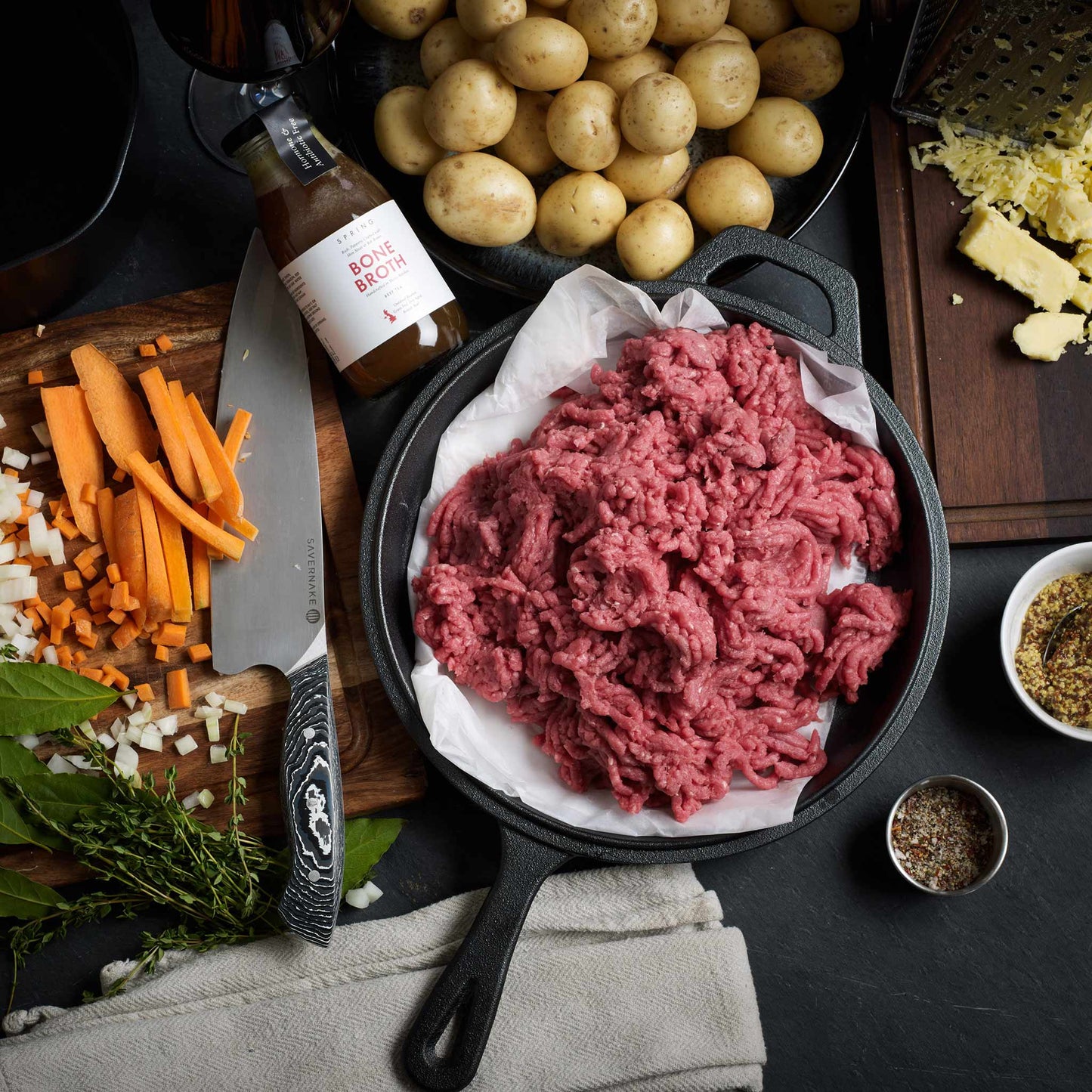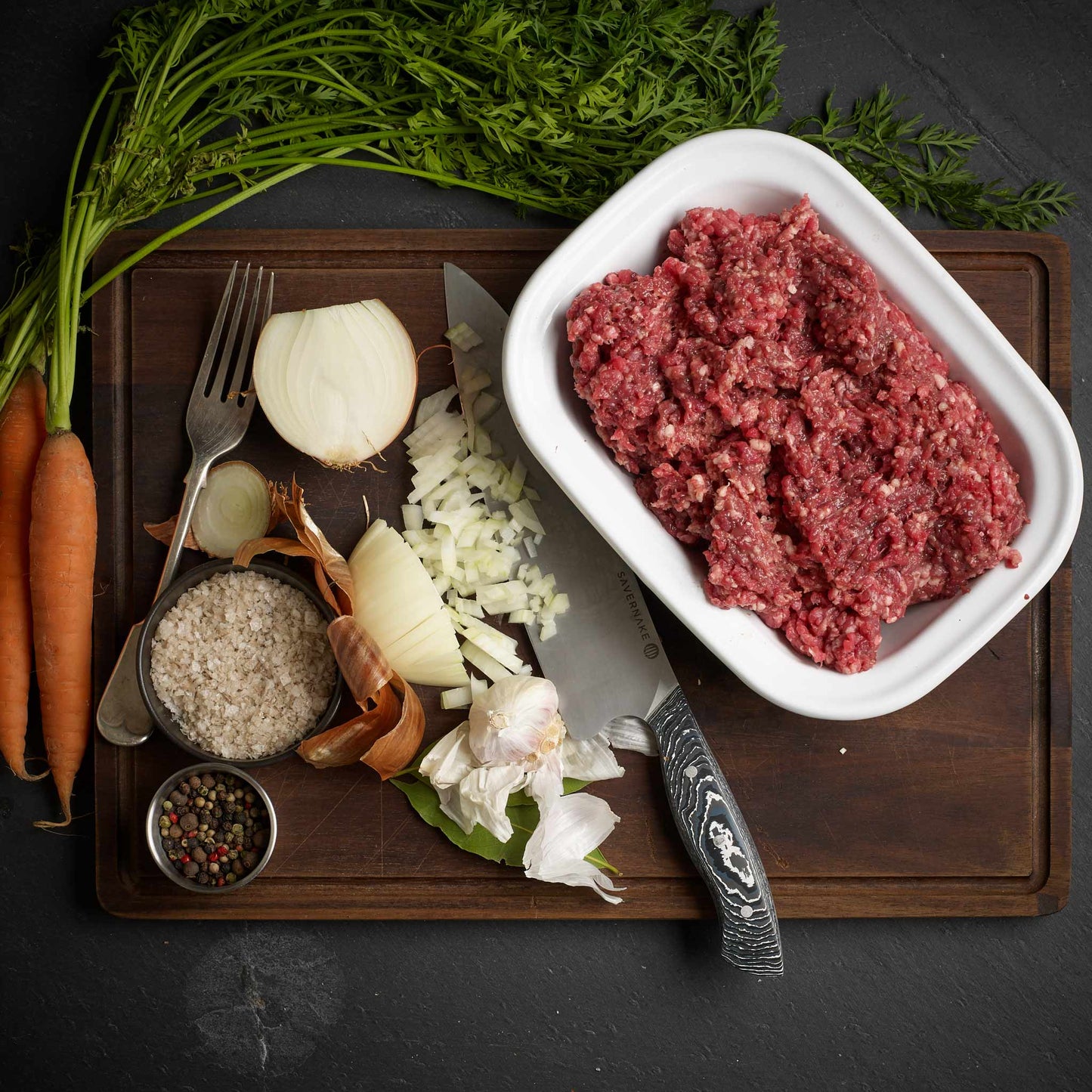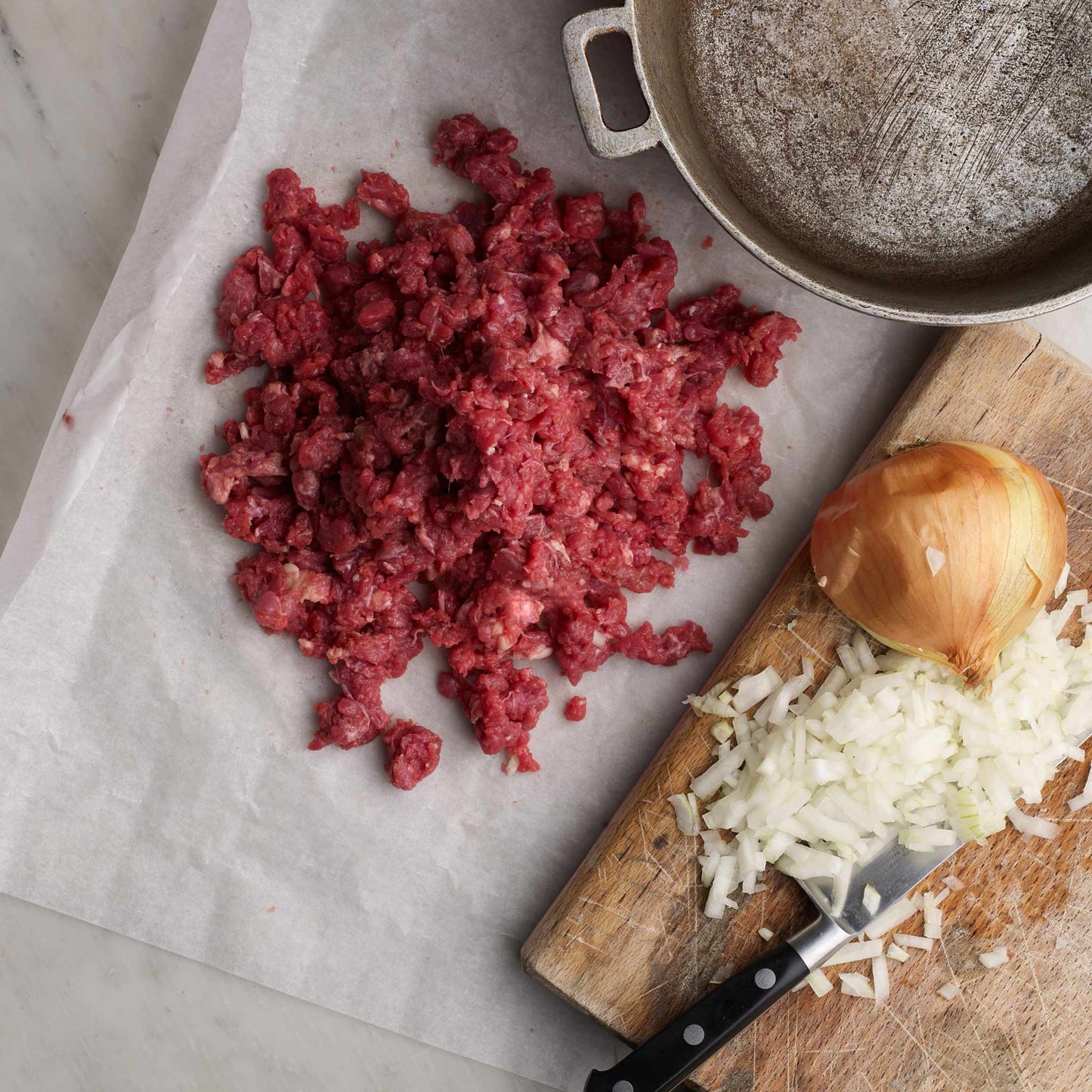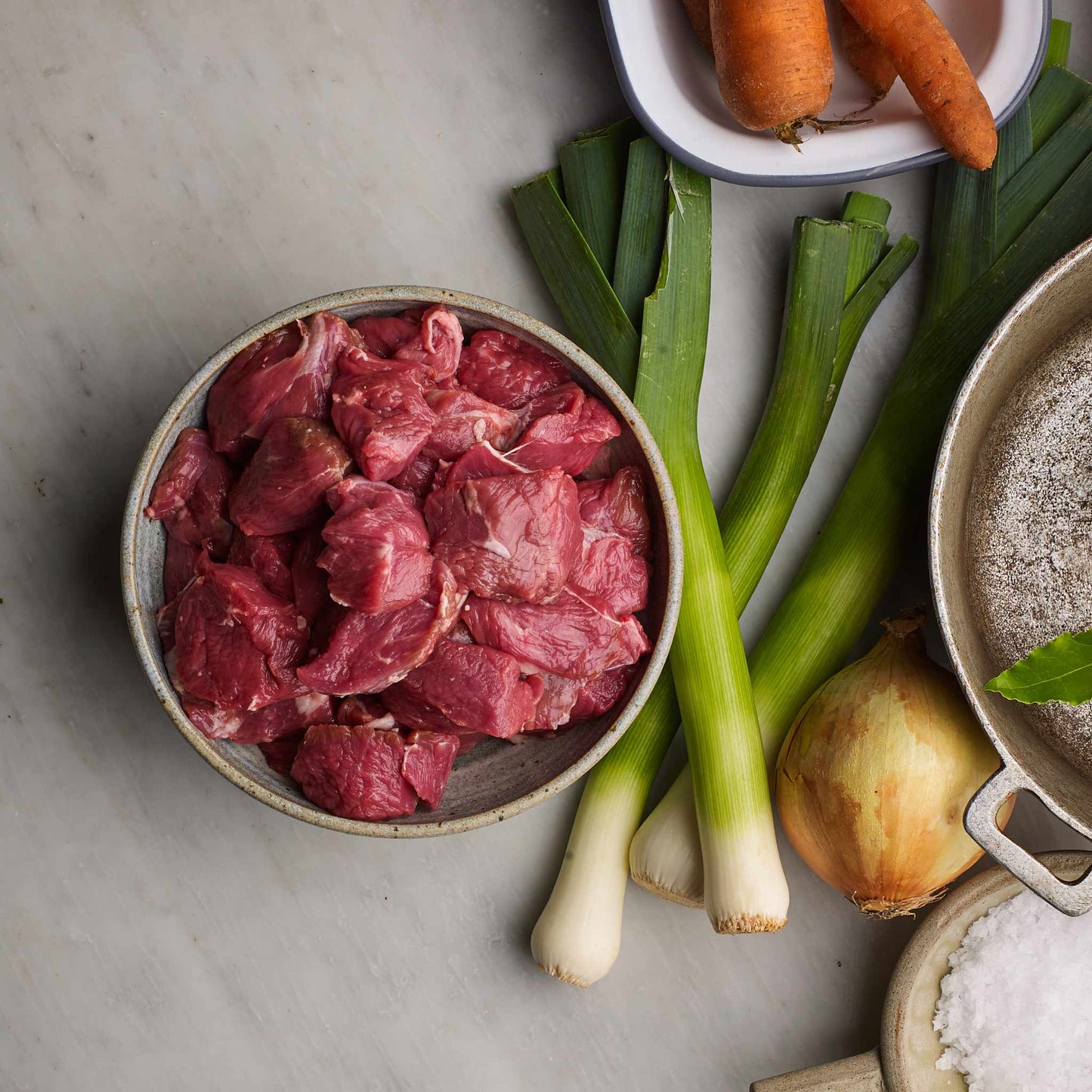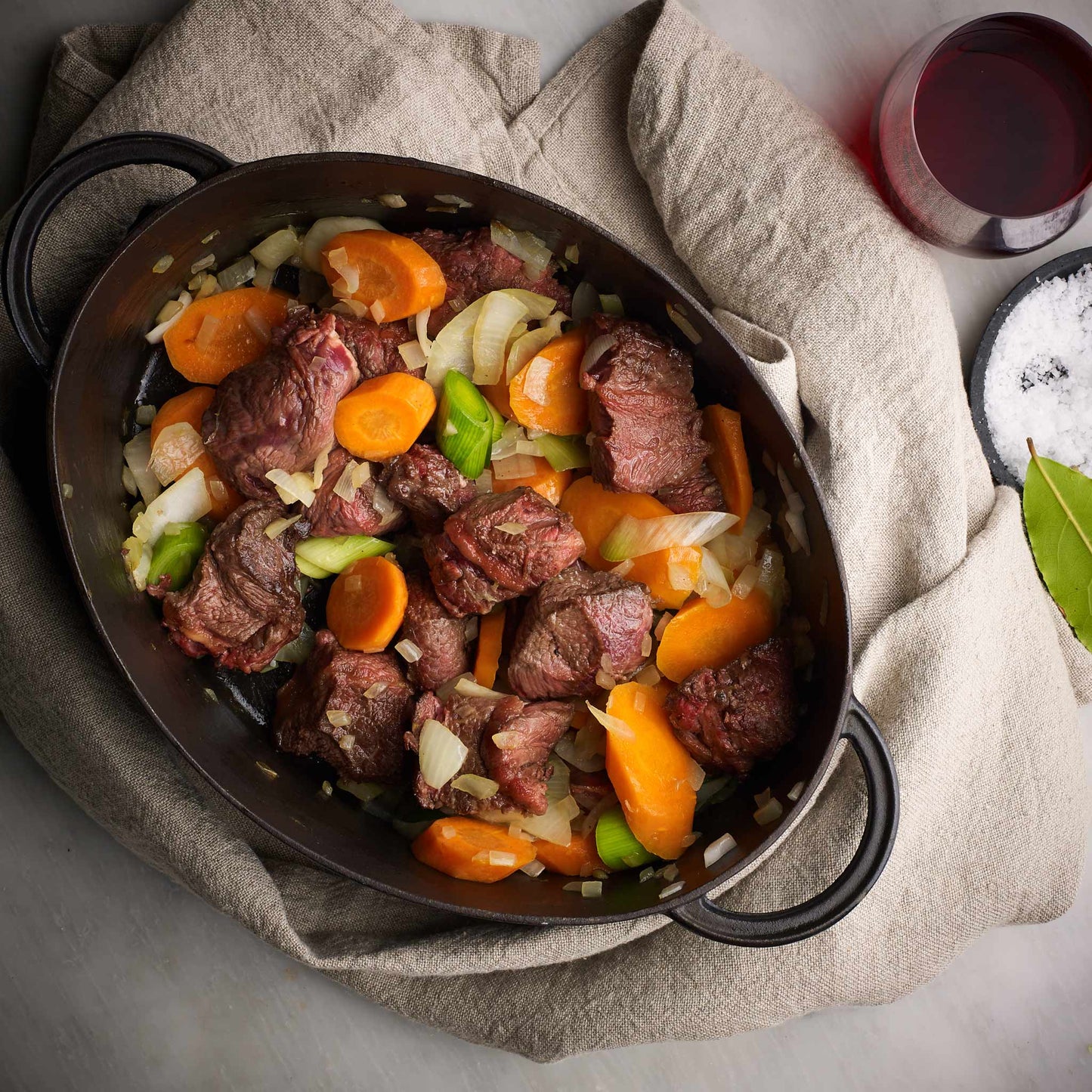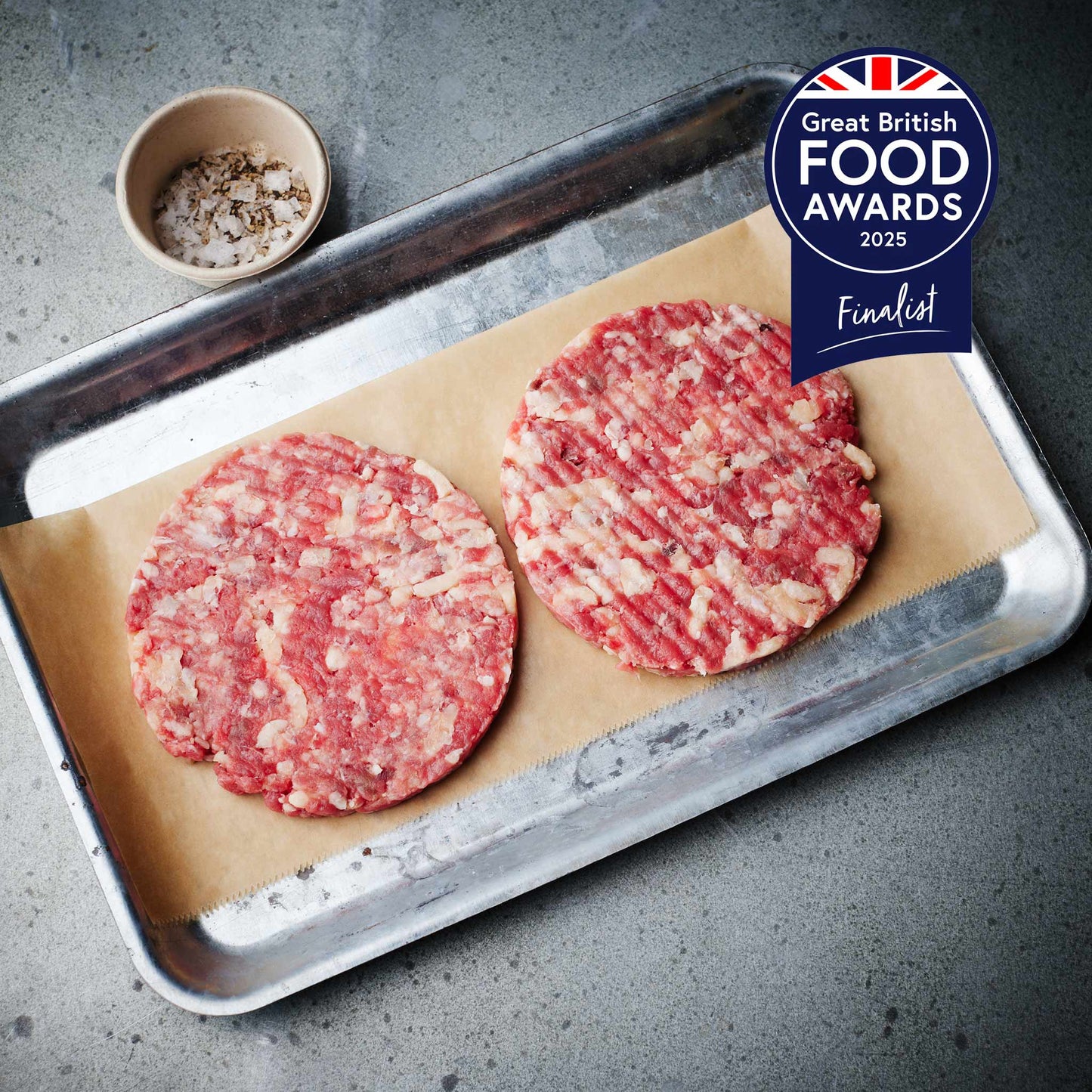We source our chicken from one farm in Leicestershire. The farm is Pasture for Life certified and rears truly free range, outdoor birds.
#Regenuary 2026
Choose positive impact.

"This is an opportunity to take part in a growing movement that is redefining how our food system works."

Regenuary 26 builds on The Ethical Butcher’s original campaign, launched to challenge narrow narratives around Veganuary that often present veganism as the only solution to food system challenges. Regenuary instead champions food produced through regenerative farming, highlighting the role responsibly raised meat can play in restoring soils, ecosystems, and rural livelihoods.
Throughout the month, we’ll be asking a central question: can regenerative farming be scaled to reach more people, deliver greater impact, and help shift how we think about food?
To explore this, we’ll be working closely with our restaurant partners, activating Regenuary-themed menus, publishing a series of exclusive recipe ideas created by some of the UK’s leading chefs, and delivering a programme of events designed to raise awareness of regenerative produce and practice.
Alongside this, we’ll be recruiting new Regeneratarians, inviting individuals and communities to support Regenuary 26, help spread the message, and play a part in building a better food system.
Please get involved! We will be encouraging you to help spread the regenerative word by being a Regenuary Ambassador. You can play a crucial role in raising awareness.

Download the regenuary social assets and help spread the word
Being a regenetarian means choosing food that gives back - to the land, to ecosystems, and to the people producing it.
This Regenuary, we’re inviting our community to share why regenerative food matters to them. Download and share assets to show your support for regenerative farming and a better food system.
These assets are free to share across social channels throughout Regenuary and beyond. Please credit @ethicalbutcher and use #Regenuary where possible.

regenuary Restaurants
Our restaurant partners play a vital role in bringing regenerative farming to the table. Regenuary menus are rolling out across the UK - showcasing the very best of regenerative produce.
Visit our partners to experience it for yourself, with exclusive chef-led recipes coming soon.

Understanding Regenerative Agriculture
Put simply, regenerative agriculture is a term that describes farming principles and practices that can reverse the damage done to the environment by the industrial food system. The principles of regenerative agriculture take in everything from soil health and the carbon cycleto biodiversity, land management, animal welfare and more, and draw from decades of scientific and applied research by the global communities of organic farming, agroecology, holistic management and agroforestry.
Food-producing farms that practice regenerative principles can help reduce the effects of humans on the environment by rebuilding soil and improving soil health, restoring biodiversity, improving the water cycle and enhancing local ecosystems through added complexity and greater natural resilience.
A monocultural, industrial farming of any type system steadily reduces soil health, resulting in a cycle of increasing reliance on artificial fertilisers that are often derived from fossil fuels. Healthy soil that’s supported naturally by grazing animals, however, actually has a positive effect. From meat and dairy farms to those producing vegetables and grains, the processes involved in regenerative agriculture can help capture huge amounts of carbon and above-ground biomass, reducing greenhouse gas emissions and reversing current global trends of atmospheric accumulation.
Any food that’s produced cheaply has a cost higher up the food chain, but regenerative agriculture offers benefits to farmers including increased yields, resilience to climate instability, and higher health and vitality for farmers, and helps reverse the negative effects of the industrial food system on farming communities.
Within a regenerative system animals are eating a species appropriate diet and are encouraged to interact with the environment in a way that is natural to them. This means for example pigs will be rooting and turning over soil, poultry will be scratching at the land and cattle selectively grazing in a natural environment that enriches their experience compared to industrial farming.
Regenuary is an inclusive campaign meant for consumers across a range of diets. While Regenuary aims to clarify misleading conceptions around meat production and its effect on the environment, you can still take part as a pescatarian, vegetarian or vegan using the same principles of buying from regenerative producers and getting involved in discussions around food and agriculture.
Regenuary began in 2019 as a response to Veganuary. We were frustrated with the misleading messaging around veganism - its effect on the environment, and its co-opting by supermarkets and multinational corporations. We began Regenuary as a campaign on social media, whose impressions quickly grew into the millions. Today, Regenuary is an annual, national and international campaign enjoying participation from millions of consumers and industry advocates.
We'll capture the expert opinions and answer some of the burning questions around how scalable the future of food production using regenerative farming practices really is. We’ll deep dive into what the hospitality and retail sectors are doing to meet the environmental pressures, and demands of ‘conscious consumers’.
As always we will be looking at how food service can reduce impact from the obvious markers of simple ingredient sourcing through to waste and packaging reduction and even energy consumption.
Regenerative Produce - What To Look For
This is our guide to low impact and regenerative produce. We consider what low or positive impact really means. Find out more about each product category and our directory of impact-led brands.

